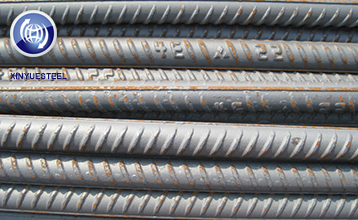Coal prices tend to stabilize, and the market is deadlocked again
Jul. 10, 2020
As port coal prices approach the red zone, regulatory risks increase. In addition, demand units such as Huaneng and National Energy strictly control the purchase of coal in high-price markets, and the market bullish sentiment has cooled down. In July, the coal import and export of the Bohai Rim ports remained at a high level, and the coal turnover was accelerated. The follow-up forecast that there was no substantial increase in ships, the staged pull was brought to an end, and the enthusiasm for downstream procurement was weakened.

The port coal price is approaching the red zone, the market negotiation atmosphere has cooled down, the release of new pallets is insufficient, and users are unable to send a large number of ships to pull coal. Starting from Wednesday, the bullish sentiment in the market has cooled down, the wait-and-see sentiment has increased, and delivery has been slow. Most sellers quoted by the index, while downstream purchases have a willingness to suppress prices, and most of the sellers used the index to flatten and float down.
Recently, there are many bidding orders in the stage of electric power enterprises, but most of them are mainly low-cost long-term associations. And the main consignor is mainly to fulfill the terminal demand, and the intermediate links are reduced. The upward price range of coal quotations in the supply-side market has narrowed, and there is a divergence in market expectations. Some traders believe that despite the analysis of the number of ships pulling coal to the port, the daily consumption of power plants, and the storage of coal, the upstream supply will not be released for a while. However, the coal storage in Bohai Rim ports is not high, and the superimposed coal import measures are still strict but indisputable facts. The market will still be expected to operate in the later period, and the purchase of power plants will still mainly rely on domestic coal. Therefore, traders are not eager to lower prices, but continue to maintain their desire to maintain prices. The downstream generally believes that hydropower recovers quickly, and the power plants continue to have high inventories. Most major power plants store coal for about 25 days. The users are not short of coal, and the enthusiasm for sending ships is not high. Moreover, the purchase of coal in high-priced markets has decreased, and it is impossible for coal prices to continue to rise substantially.
With the port's red coal price approaching 600 yuan/ton, the power plant has not been able to purchase coal from the market. At the same time, continuous rainfall in East China and South China, the load on power plants was flat, and the daily consumption of six major power plants along the coast remained at 630,000 to 640,000 tons. The narrowing or even flattening of the coal price index has caused some traders to increase their willingness to ship. Some coal types with high sulfur content have been sold by 2-3 yuan/ton according to the index, and market sentiment has increased.
In the early part of the year, rain continued in the south, and the superimposed power plants were mostly carried out by the Changsha, which helped to effectively accumulate power plant inventories. From integrated power plants, key power plants to coastal power plants, coal stocks are increasing. At this time, the daily power consumption of the power plant has not increased significantly, and the coal consumption for cement has also decreased. The peak coal consumption has not yet arrived, prompting the market sentiment to cool down, and the coal price in the port market once again reached a deadlock near 600 yuan/ton.



